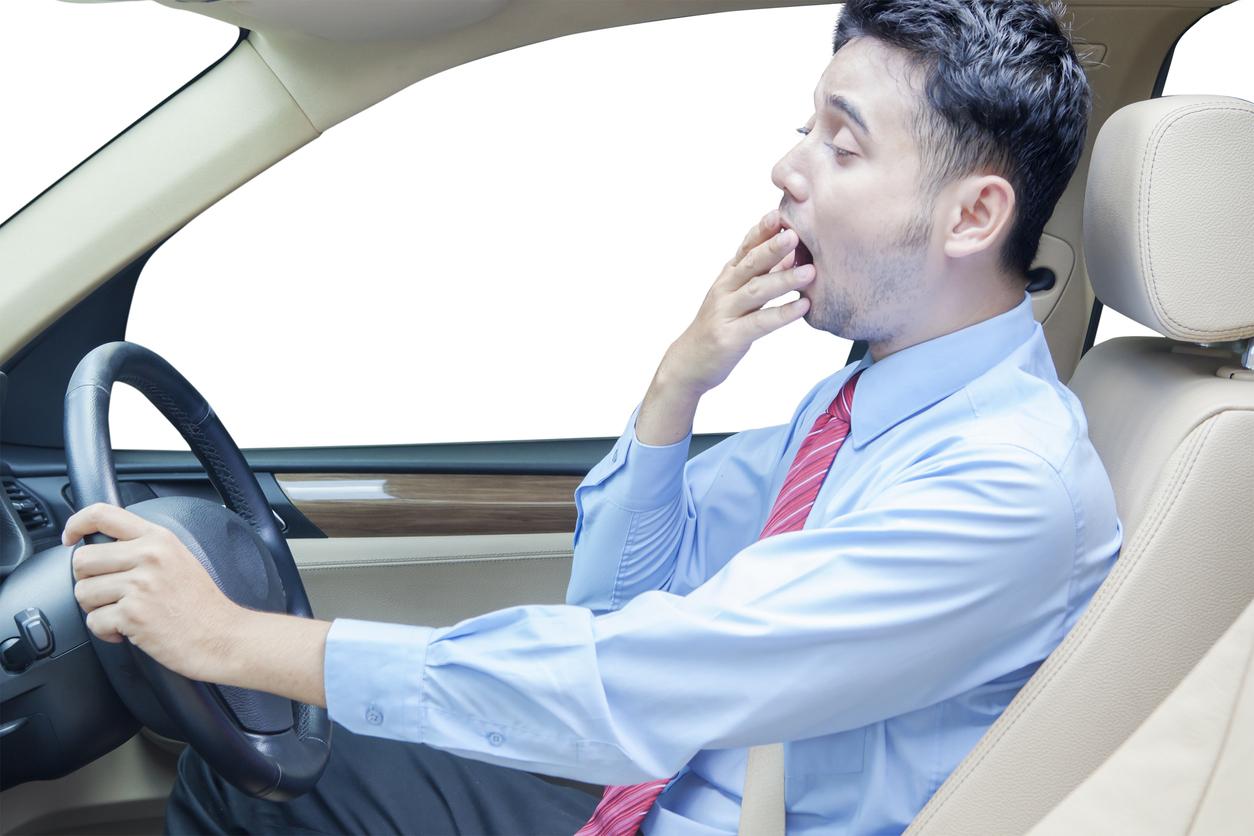Drowsy driving is one of the main causes of road accidents. Japanese researchers have identified new markers that could prevent the risk of accidents related to falling asleep.

- In France, drowsiness at the wheel is the cause of one in five accidents on the motorways.
- Until now, gaze analysis was the main benchmark for assessing the risk of falling asleep while driving.
- The analysis of videos made by dashcams has made it possible to identify other signs such as the absence of movements or the relaxation of certain muscles.
Driving while drowsy is dangerous for the driver and other road users. According to an ASFA study, drowsiness at the wheel is responsible for one in five accidents on French motorways. This represents an average of 5,000 accidents each year. Driving while drowsy increases the risk of causing an injury eightfold. It is therefore important to educate drivers about the dangers of drowsy driving in order to prevent road accidents.
Common signs of falling asleep at the wheel
Until now, the signs used to identify falling asleep at the wheel are closing of the eyes, oscillations of the vehicle, drop in concentration, difficulty in keeping the eyes open or in focusing on a point. However, these signs are not always reliable in detecting the risk of falling asleep. The researchers of a Japanese study published in ScienceDirect therefore sought to find new markers of falling asleep at the wheel to allow the development of new alarm systems.
New markers of drowsy driving
Japanese researchers analyzed more than 3,000 seconds of video related to 52 truck collision cases using increasingly in-vehicle dashcam video recorders. This analysis made it possible to identify physiological signs of micro-sleep that were ignored until now. Among the signs spotted, there is the absence of movements of the body, the relaxation of the muscles of the back and the neck, as well as the calves and the arms. These signs were observed in drivers before collisions and could therefore serve as markers of falling asleep at the wheel.
Alarms to prevent the risk of falling asleep at the wheel
Thanks to this study, alarm systems could be developed to prevent the risk of drowsiness for drivers. The use of physiological markers identified by the researchers would allow more precise identification and faster warning. Alarms could be integrated into vehicles to prevent the risk of falling asleep at the wheel and avoid road accidents.

















